Key Takeaways:
✔ US-India Tensions Rise – Both Trump and liberal analysts oppose India’s Russia ties and multipolar stance.
✔ Multipolarity’s Hidden Flaws – A fragmented world order may bring chaos, not balance.
✔ China’s Shadow Looms – India fears Asian dominance by Beijing more than US global influence.
India’s Multipolar Dilemma: Between US Skepticism and China’s Rise
In an unusual twist, Donald Trump and his liberal critics in Washington seem to agree on one thing—their disapproval of India’s foreign policy choices. From New Delhi’s deepening ties with Moscow to its active role in BRICS and advocacy for a multipolar world, India’s strategic moves are under scrutiny. While Trump’s blunt criticisms make headlines, the broader resistance in Washington signals a deeper challenge for India—one that won’t vanish even after the next US election.
The Messy Reality of Multipolarity
The idea of a multipolar world, where power is distributed among multiple nations instead of being dominated by one, sounds ideal in theory. But the current geopolitical landscape—a patchwork of competing influences—reveals its flaws. The system is chaotic, unpredictable, and increasingly difficult to navigate. If today’s “quasi-multipolar” order is this unstable, what would a fully multipolar world look like?
Yet, India remains steadfast in its commitment. Rooted in its non-alignment tradition, New Delhi’s foreign policy prioritizes autonomy, balance, and strategic flexibility. This isn’t indecision—it’s a deliberate effort to retain independence in a shifting global arena. However, this approach risks being misinterpreted, especially by a US wary of losing its dominance.
The Real Threat: China’s Unipolar Ambitions in Asia
While India’s rhetoric often critiques American unipolarity, the true concern lies closer to home—China’s growing hegemony in Asia. A Beijing-dominated Asia could reshape regional power dynamics, leaving India with fewer options to counterbalance Chinese influence. Worse, if the US perceives India’s multipolar stance as anti-American rather than pro-autonomy, Washington might retaliate by sidelining New Delhi—ironically strengthening China’s position.
This creates a dangerous paradox: India’s push for multipolarity, meant to counter China, could push the US toward accommodating Beijing in a “G2” framework, especially if isolationist trends grow in America.
A Delicate Balancing Act
India faces a tough road ahead. Its diplomatic tightrope walk—opposing US unipolarity while resisting Chinese dominance—requires nuanced messaging. If Washington misreads New Delhi’s intentions, it could strain their partnership, leaving room for Russia and China to exploit the rift.
The solution? More dialogue and trust-building with the US—though that’s easier said than done, especially under a Trump administration. For now, India’s multipolar vision remains both its greatest strategic asset and its most significant geopolitical gamble.




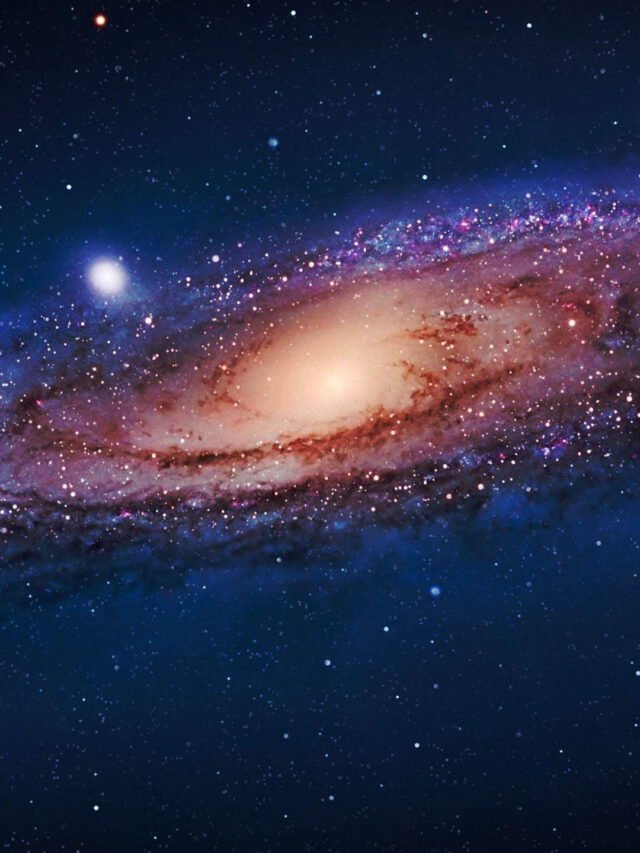








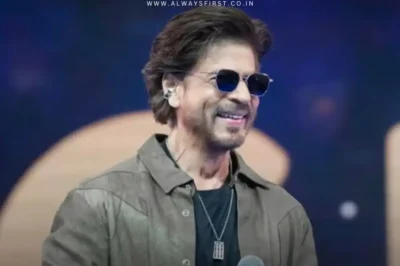






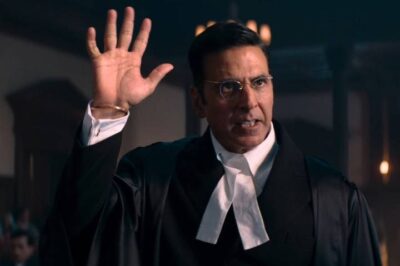


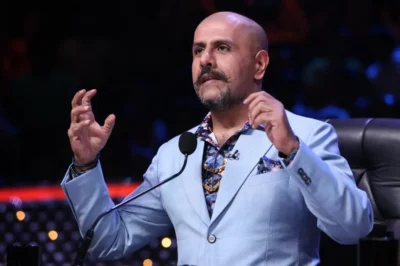






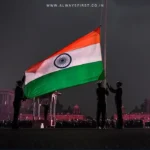





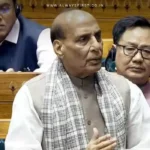

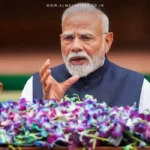

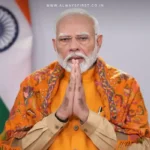
Leave a Reply